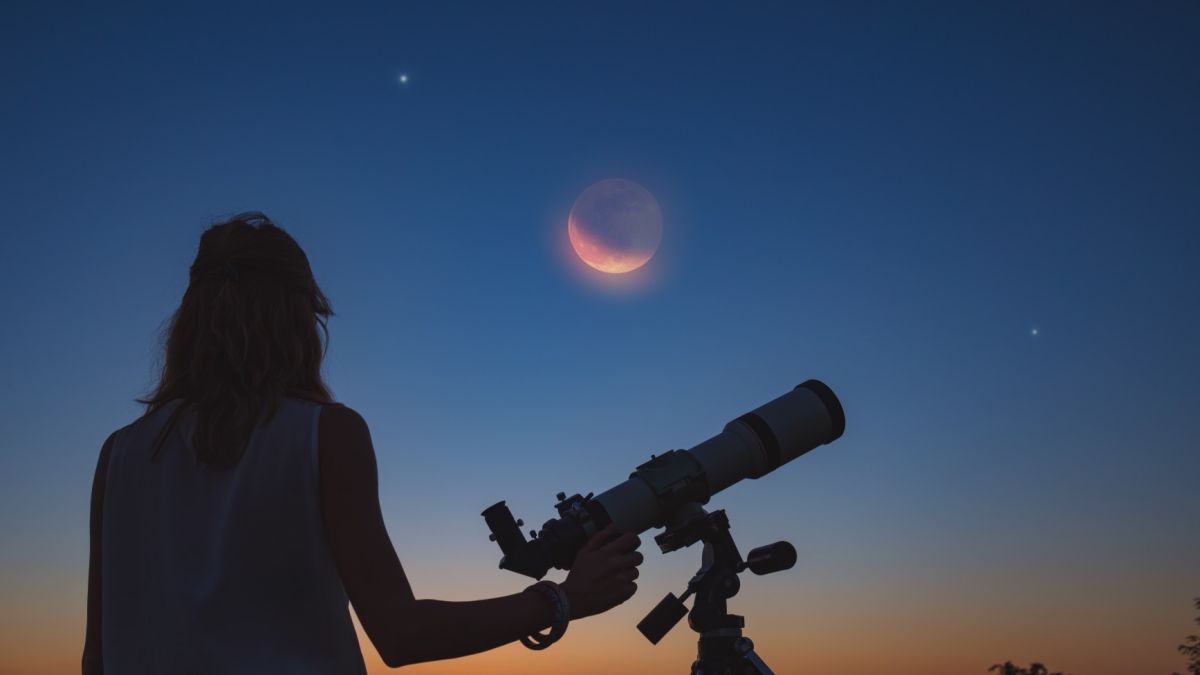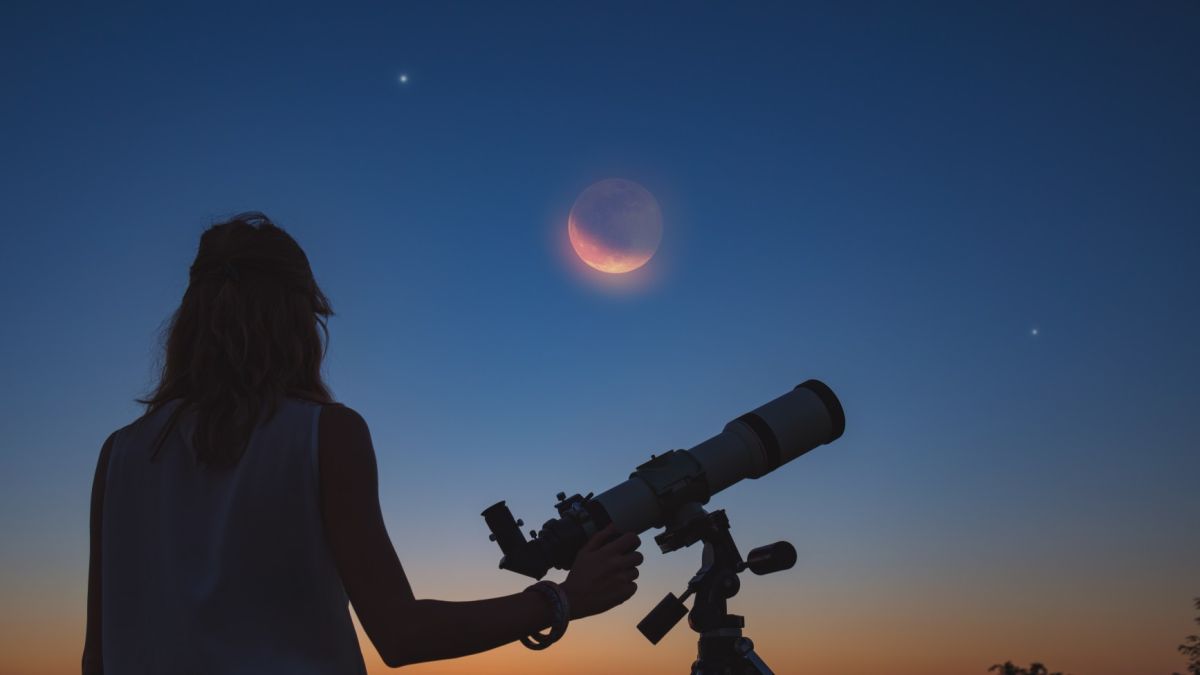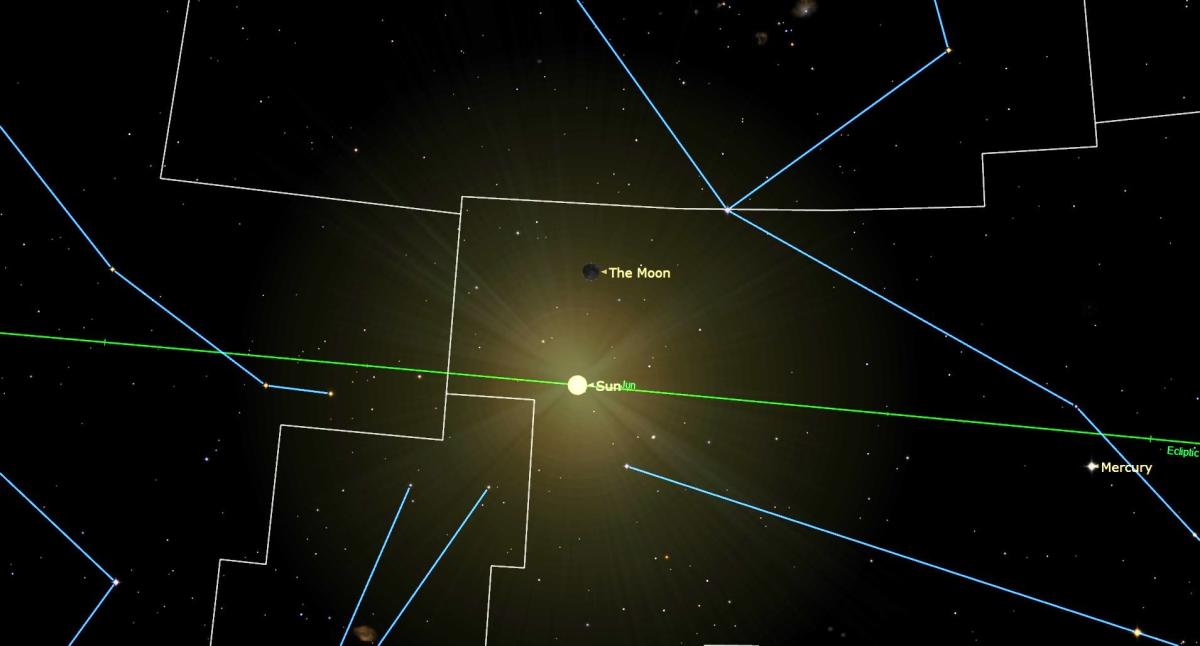2 planets will align with the ‘Earth-shining’ moon on the summer solstice
The upcoming summer solstice on June 21 marks the beginning of astronomical summer in the Northern Hemisphere. Besides being the longest day of the year, this solstice holds special significance this year. Skywatchers and stargazers will witness a rare celestial alignment of two planets and the ‘Earth-shining’ moon illuminating the evening twilight on the summer solstice. Here’s what to expect:
What is the summer solstice?

Before we delve into details about the celestial event, let’s take a brief look at what the summer solstice is and why it happens. The summer solstice is the day when the sun is at its highest in the sky in the Northern Hemisphere. It marks the beginning of astronomical summer and the longest day of the year. The tilt of Earth’s axis is responsible for the changing seasons and the summer solstice occurs when the Northern Hemisphere is tilted closest to the sun, resulting in longer hours of daylight.
The celestial alignment on the summer solstice

This year’s summer solstice offers a rare spectacle for skywatchers across North and South America. Venus, Mars, and the ‘Earth-shining’ moon will align illuminating the western sky during evening twilight.
When and where to view the alignment
The alignment will occur on the evenings before and after the solstice as well, but it will be most visible on Wednesday, June 21, after the start of astronomical summer in the Northern Hemisphere.
Here’s the timeline of celestial events:
| Date | Celestial Event | Celestial Objects |
|---|---|---|
| June 19 | Slimmest crescent moon | Stargazing binoculars required |
| June 20 | Brighter crescent moon forms a line with Venus and Mars | Stargazing binoculars recommended |
| June 21 | A right-angle triangle of Mars, Venus, and a 13% illuminated crescent moon: | Visible through the naked eye with stargazing binoculars or a good small telescope |
| June 22 | Crescent moon aligns with Mars, Venus, and Regulus in the constellation Leo | Visible through the naked eye with stargazing binoculars or a good small telescope |
Witnessing the event by the naked eye

You don’t need special equipment to view celestial events like this rare alignment. All of these sights can be seen with the naked eye. However, stargazing binoculars or a telescope would enhance your observing experience, especially to get a closer look at the Da Vinci glow on the lunar surface.
Conclusion

The upcoming summer solstice offers a rare celestial alignment of Venus, Mars, and the ‘Earth-shining’ moon illuminating the western sky during evening twilight. You can witness the event with the naked eye, but stargazing binoculars would enhance your experience. This is a spectacular celestial event not to be missed.
FAQ

1. What is the Da Vinci glow?
The Da Vinci glow is the Earthshine or the sunlight reflected by the Earth onto the dark lunar surface. It is visible as a glow on the waxing crescent moon and enhances the observing experience.
2. What are the Venus and Mars?
Venus and Mars are the second and fourth planets from the sun, respectively, in our solar system. Venus is the brightest planet visible in the night sky, and Mars, often called the Red Planet, is known for its reddish appearance.
3. What are stargazing binoculars?
Stargazing binoculars are binoculars designed for looking at celestial objects such as planets, stars, comets, and asteroids. They have a wider field of view and a higher magnification than normal binoculars.
4. What is the summer solstice?
The summer solstice is the longest day of the year and marks the beginning of astronomical summer in the Northern Hemisphere. It happens when the Northern Hemisphere is tilted closest to the sun, resulting in longer hours of daylight.
5. Is the alignment visible throughout the world?
No, this alignment is visible only to viewers in North and South America on the evenings before and after the solstice.

